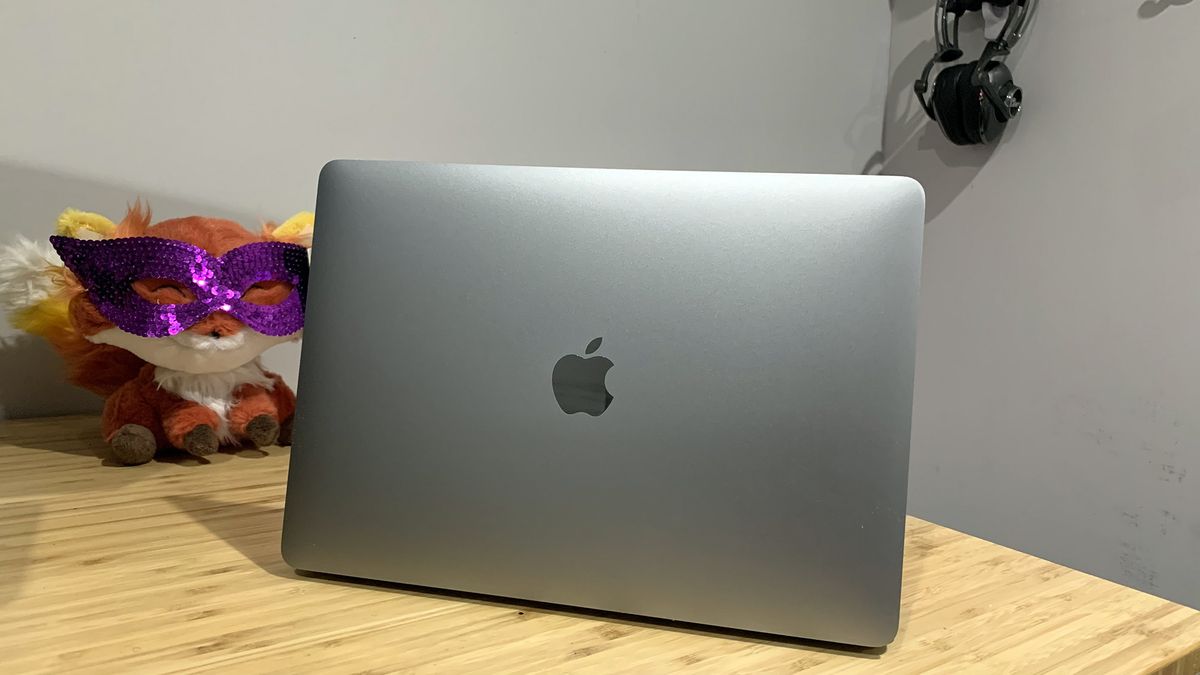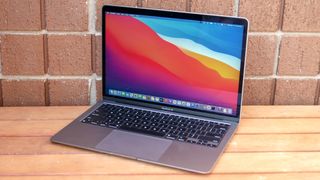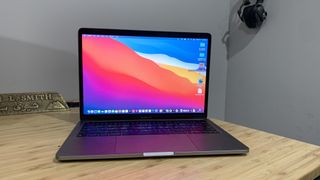Can I still run Windows software on an M1 Mac
M1 silicon has been impressive, but can you still run your Windows apps?

There’s probably little argument about how revolutionary the recently released Apple M1 single system on chip (SoC) really is, but the question on many Mac users’ minds will be if they can directly run Windows on their shiny new machines. Let’s go through the details.
How Does Windows Run on Mac?
Macs with Intel processors made it extremely easy to install Windows through Boot Camp Assistant. If you have the required free space, using the Boot Camp Assistant, all you need to do is create a partition, format it, and voila, you’re ready to run Windows on your Mac. To change between using Mac and Windows just needs a quick restart.
Does Boot Camp Work on the M1 Macs?
Sadly, the short answer is no. It’s probably not what fans of the M1 chip want to hear but because Apple switched away from the Intel models to Apple silicon and decided to kill the Boot Camp assistant, the old way of running Windows on Macs is not possible.

There is a bit of method to perceived madness here. To take on Intel and create their own chip, Apple decided to go with the ARM chip instead of the Intel-created x86 architecture. It has been a while since Apple introduced ARM chips to power their phone and tablet range so it makes sense to introduce the ARM range for their personal computers too. Going down this route, the end user will benefit from Apps that run on iPhone, iPad, and Mac too while the Apple engineers work on developing chips they’ve been working with previously.
So, for now there is no Boot Camp to help run Windows on the Mac. Will there ever be? It’s never easy to say for sure, but it doesn’t seem likely. But there are a couple of possible solutions that may see the daylight.
Possible Solutions to Run Windows Directly
The first solution is Rosetta. Rosetta is a ‘translator’ developed by Apple. It works in the background to translate apps that are built for Intel chips to work on M1 Macs without performance issues that might accompany emulation. If Apple were to create a Rosetta-type software to translate Windows code, it could work on M1 machines. Now the big question here would be, can the M1 handle the load of a full secondary OS and if it can, how would it affect performance? To the first point, it seems the M1 can handle just about anything, but when Windows tried emulation in the past it led to performance issues and bugs, so we’re not really sure if emulation on the Mac, when running Windows, would cause the same sort of slowdowns. The second solution would be if Microsoft were to create a version of Windows that was compatible with devices using the ARM architecture. But don’t hold your breath for a perfect solution.

It’s difficult to see Apple rushing to provide a translation option to help run Windows on Apple silicon. The second solution, however -- ARM-based Windows -- is available. But it’s a less-than-ideal solution full of bugs and performance issues. It also only runs 32-bit apps.
Stay in the know with Laptop Mag
Get our in-depth reviews, helpful tips, great deals, and the biggest news stories delivered to your inbox.
Alternatives
The alternative to running windows directly are virtual machines (VM). Parallels and VMware fusion are popular choices for those that choose to use virtual machines on their Macs. Parallels notes on its website that a version of their software is “already active in development.” Until then M1 users will have to wait, though the horizon looks brighter than waiting for the solutions available through Apple and Microsoft, which may never come to fruition.

Another alternative is Crossover by CodeWeavers. Crossover isn’t a VM; it’s similar to Rosetta. Crossover works by translating Windows commands into Mac commands, and the good news is that it works with M1-based machines.
Should I Buy an M1 Mac?
It’s difficult to answer the question as it depends on how important the use of Windows is in your normal routine. If Windows is a crucial part of your life, then it probably isn’t wise to pick up a shiny new M1-based Mac right now as there’s no timeline for a solid solution from Apple or Microsoft. The same would apply to the VM developers. Though the VM developers have a solution planned, it wouldn’t be wise to make a purchase only based on the fact that development has started.
However, if you are using Windows as an add-on then the option is there. Crossover will work from the get-go while we wait for VMs to release their M1 solutions.
While the M1 chip is revolutionary foray for Apple into the chip game for Macs, it brings the incompatibility of M1 and Windows into the limelight. Due to differences in the M1 and previously used x86 architecture, the M1 doesn’t cater to Windows currently, and some users could be left out in the cold. But solutions seem to be coming.
